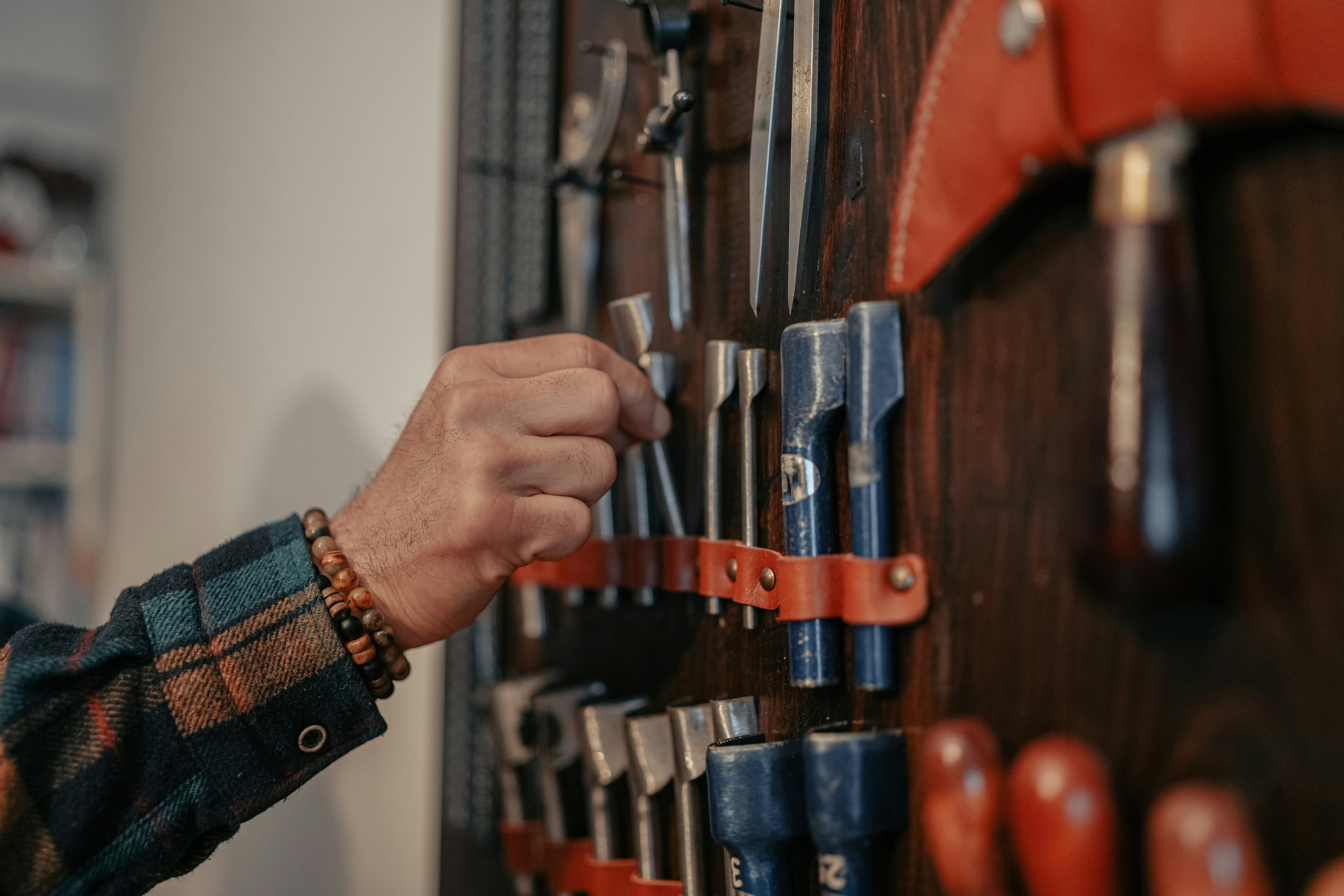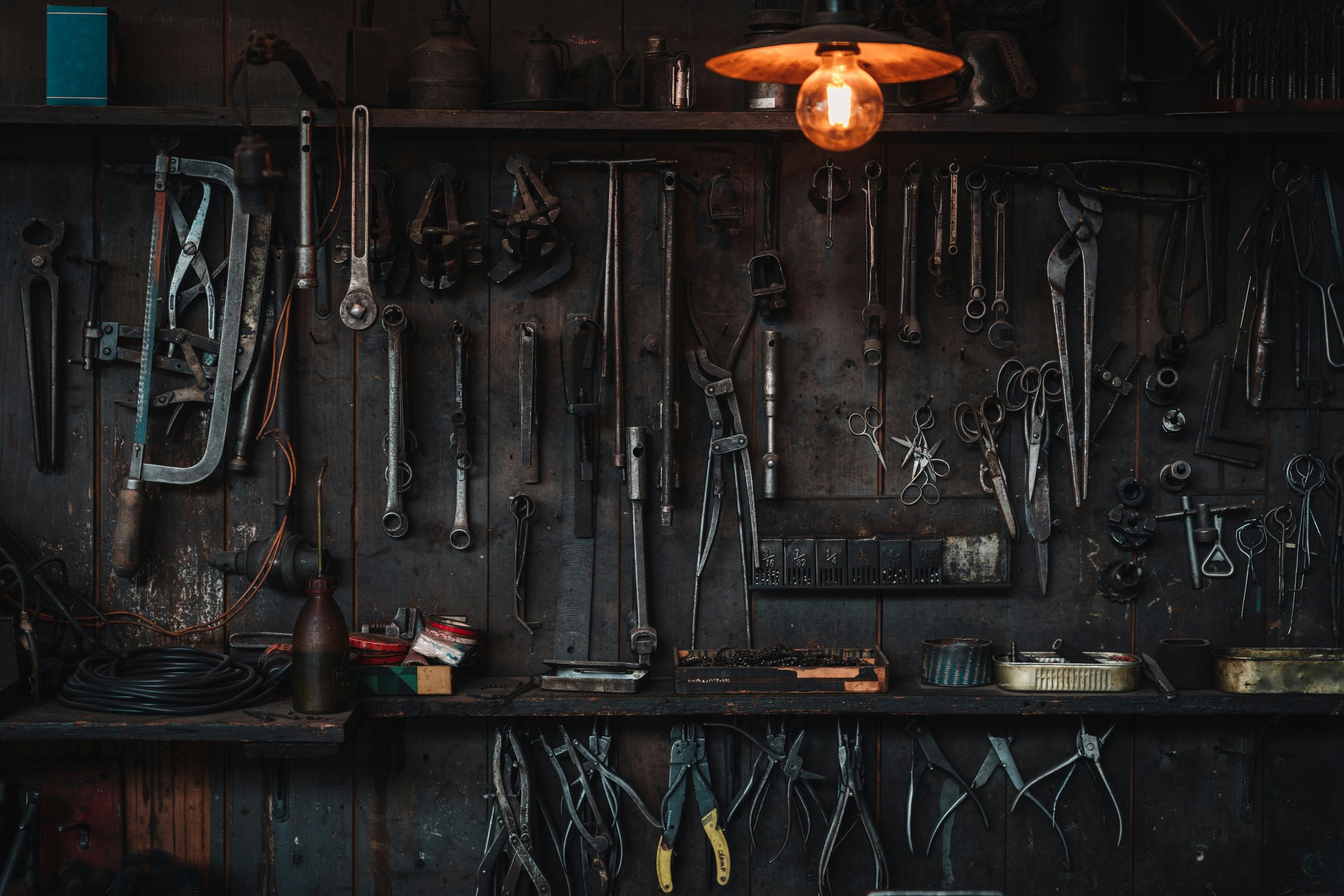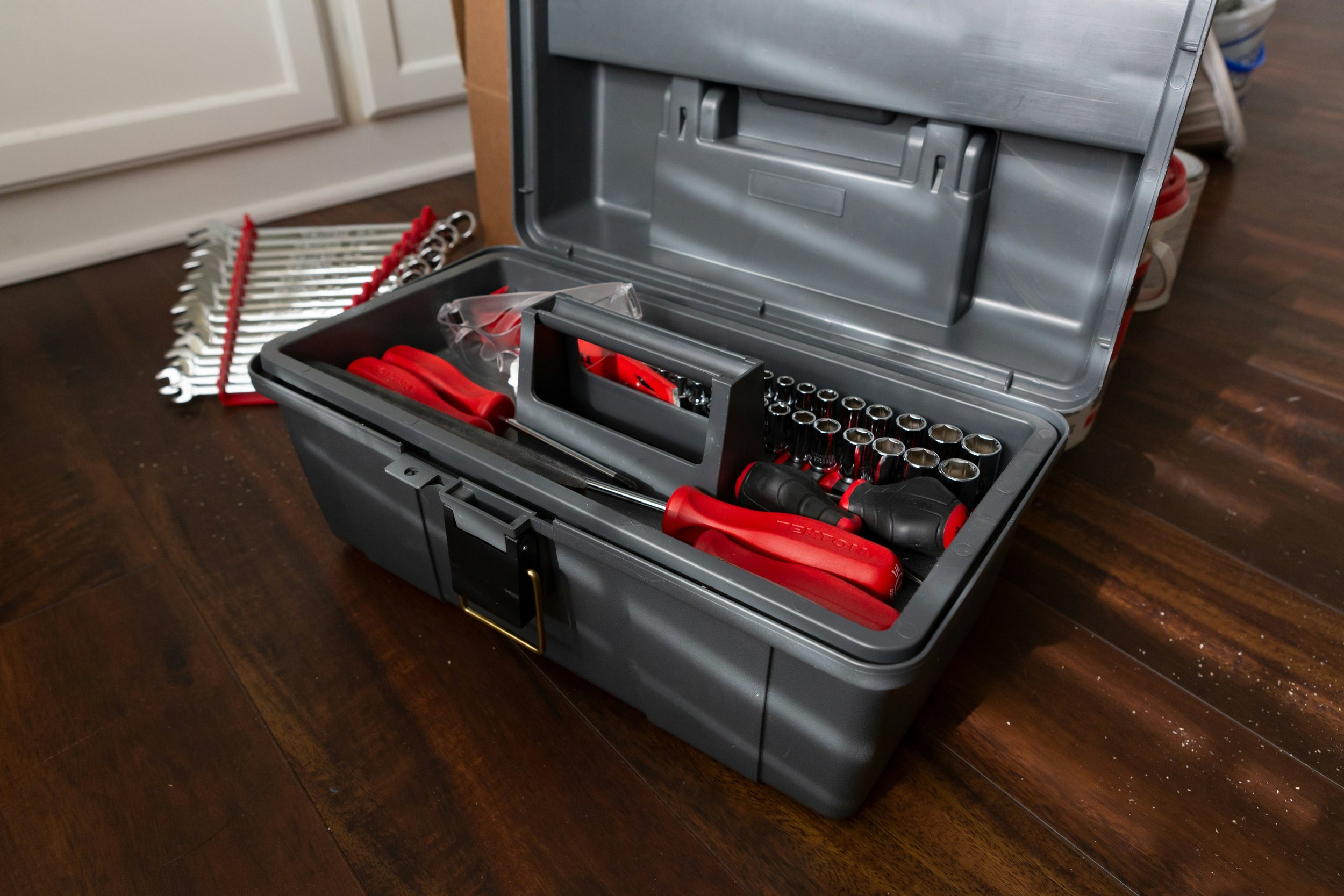A Beginner’s Guide to Using Screws, Nuts, and Bolts: Tips for Successful Projects
Learn the basics of screws, nuts, and bolts with this beginner’s guide! Get practical tips for choosing and using fasteners to ensure successful DIY projects.
When it comes to DIY projects, assembling furniture, or making repairs, screws, nuts, and bolts are the unsung heroes holding it all together. If you’re new to using these fasteners, understanding the basics can save you time, frustration, and even money. This guide covers the fundamentals of choosing and using screws, nuts, and bolts, including essential techniques, common mistakes, and tips for getting the most out of your projects. With a solid grasp of these essentials, you'll be prepared to tackle a variety of DIY tasks.
Understanding Screws, Nuts, and Bolts
Before diving into your project, it’s important to understand the roles of screws, nuts, and bolts, and how they differ from one another.
Types of Fasteners
Screws are threaded fasteners designed to cut or form their own threads as they are driven into materials. They are typically used for securing materials without requiring a nut.
Bolts are designed to be paired with a nut, and unlike screws, they require pre-drilled or pre-threaded holes to secure components.
Nuts act as a fastener to secure bolts by threading onto them. Combined, bolts and nuts create a strong connection, distributing weight and tension effectively.
Materials and Finishes
Fasteners come in a range of materials and finishes, each suited to different conditions:
Steel is the most common material for indoor use, offering good strength.
Stainless steel resists rust and corrosion, ideal for outdoor and moisture-prone areas.
Brass is decorative and resistant to corrosion but not as strong as steel.
Galvanized and zinc-plated finishes provide an extra layer of rust resistance, which is useful for outdoor projects.
Basic Terminology
Getting familiar with a few basic terms will help you make informed choices:
Thread count refers to the number of threads per inch, which affects grip and security.
Head type (e.g., flat, pan, or hex) determines the type of driver needed.
Drive type (e.g., Phillips, flathead, Torx) refers to the design of the screw or bolt's head.
Types of Screws and How to Choose the Right One
Selecting the right type of screw is crucial, as different types work best with certain materials.
Common Types of Screws
Wood Screws: These have a sharp point and coarse threads, making them ideal for soft materials like wood. They require pre-drilling for a snug fit.
Machine Screws: Designed for metal and threaded holes, these screws have a finer thread and need a matching nut if used with non-threaded materials.
Sheet Metal Screws: With a sharp point and fine thread, these screws are suitable for securing thin sheets of metal or plastic.
Factors to Consider
Choosing the right screw depends on a few factors:
Material: Make sure the screw is compatible with the material to prevent splitting or corrosion.
Load Requirements: If the project will bear weight, choose a screw designed to withstand it, such as a stainless steel wood screw.
Aesthetic Considerations: For visible projects, you may want to choose a decorative finish, like brass or black oxide.
Types of Nuts and Bolts and Their Uses
When bolts and nuts are used together, they create a secure and durable connection, but understanding their varieties can help you choose the right pair for your needs.
Popular Bolt Types
Hex Bolts: These six-sided bolts are commonly used in construction and provide a strong hold when paired with a matching nut.
Carriage Bolts: With a round head and square neck, carriage bolts are perfect for wood-to-wood or wood-to-metal applications, as they resist turning.
Lag Bolts: Often used for heavy-duty wood applications like building decks or outdoor furniture, lag bolts require pre-drilled holes.
Nuts and Their Functionality
Different types of nuts serve unique purposes:
Hex Nuts: These versatile nuts match with hex bolts for general-purpose applications.
Lock Nuts: Used in applications where vibration may loosen a standard nut, lock nuts have special features (like nylon inserts) to prevent loosening.
Wing Nuts: With two “wings” on either side, wing nuts allow for easy hand-tightening, useful for applications that may require frequent adjustments.
Understanding and Using a Nut Size Chart
One of the biggest challenges for beginners is ensuring that nuts and bolts fit together perfectly. A nut size chart is an essential tool that simplifies this process.
Using a size chart allows you to quickly determine which size nut will fit a given bolt. It provides critical measurements like diameter and thread pitch, ensuring that you choose compatible pieces that will secure your project effectively.
How to Read a Nut Size Chart
Diameter: The first measurement on the chart indicates the diameter of the bolt shaft, which the nut must match.
Thread Pitch: This measures the spacing between threads and helps ensure a secure fit. Matching fine-threaded bolts with fine-threaded nuts is essential for durability.
Sizing Standards: Nuts and bolts are commonly sized using either metric or imperial systems. Understanding these standards and checking the nut size chart will help you avoid mismatches, which can lead to weakened joints or damaged materials.
Choosing the Right Tools for Screws, Nuts, and Bolts
Having the correct tools is essential for any project that involves fasteners.
Essential Tools
Screwdrivers: Match your screwdriver to the drive type of your screws to prevent stripping. Common types include Phillips, flathead, and Torx drivers.
Wrenches and Sockets: These tools are designed for bolts and nuts. Open-end, adjustable, and socket wrenches are all useful.
Power Tools: For larger projects, an impact driver or power drill can save time and effort. Just be cautious with settings to avoid overdriving.
Tool Maintenance Tips
Keep Tools Clean and Calibrated: Dirt or misalignment can lead to stripping screws or damaging fasteners.
Organize Your Toolkit: Keeping fasteners and tools organized saves time and ensures that you have the right items at your fingertips.
Conclusion
Knowing the basics of screws, nuts, and bolts empowers you to tackle a variety of projects with confidence. With the right fasteners, tools, and techniques, you can achieve durable, professional results. Understanding tools like the nut size chart will ensure you always have the right fit, helping you avoid common mistakes and save time. Whether you’re working on a small DIY task or a larger construction project, these insights will help you work more effectively and create lasting results.
Stay up to date with our latest ideas!
Exclusive deals just for our readers! Click below to unlock special offers and elevate your shopping experience!




